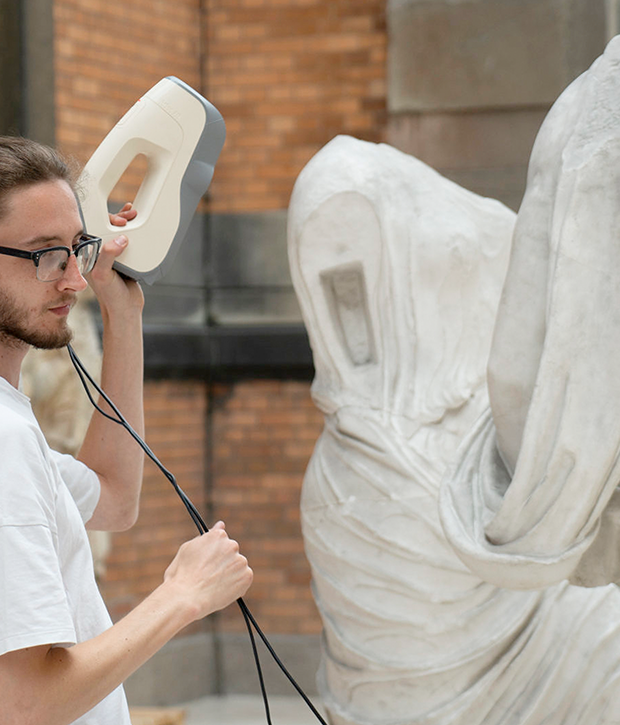
Pontvs Evxinvs : Aequor Iasonis pulsatum remige primum
- Creator Bertius, Petrus, 1565-1629 ; Antoninus Augustus ; Ortelius, Abraham ; Goos, Abraham
- Date 1590
Engraved color map of Black sea Region. Relief shown pictorially. Includes title and notes with decorative cartouches. // Three parts bound together in a single volume. The first part (tomus prior) includes a decorative colored title page which is filled with geographers with mapping instruments and globes at the top and bottom within an architectural surrounding. Includes 28 maps of Ptolemy, engraved by Gerhard Mercator, with an engraved portrait of Mercator for his edition of Geographia in 1578. The second part contains the engravings of the Peutinger Roman World Map from the plates Ortelius used on four sheets, and an extra 9th map which was made specifically for this atlas and does not occur anywhere else. Finally, in the third part there are 14 historical maps of Europe with accompanying text, 12 of them borrowed from the Parergon maps of Ortelius, a Low Countries map of Kaerius, and an Italy map of Cluverius, both based on Ortelius. Willebrord Snellius of Leiden also belonged to the contributors of this atlas. Maps are outline hand colored with decorative title cartouche, showing geographical features, major cities and towns. Relief shown pictorially. Imprint in the last page of atlas states: Lugduni Batavorum, Excudebat typis suis Isaacus Elzevirius, sumptibus Iudoci Hondii, anno MDCXVIII. Imprint from title page to the last part: Amstelodami : Ex officina I. Hondii, 1619. Includes tables and index. Bound in leather brown covers with title P. Bertii, Theatrum geographiae veteris on spine. Petrus Bertius was born at Beveren, Flanders, Nov. 14, 1565. Became professor of mathematics and librarian at University of Leiden. In 1618 became cosmographer and histographer to Louis XIII of France. He was the author of many geographical and theological works. This three part atlas is the most celebrated work of Petrus Bertius (1565-1629). It is based primarily on Ptolemy's Geographia, produced around 150 AD. It includes engraved folding maps, drawn from earlier work by Mercator and Ortelius.